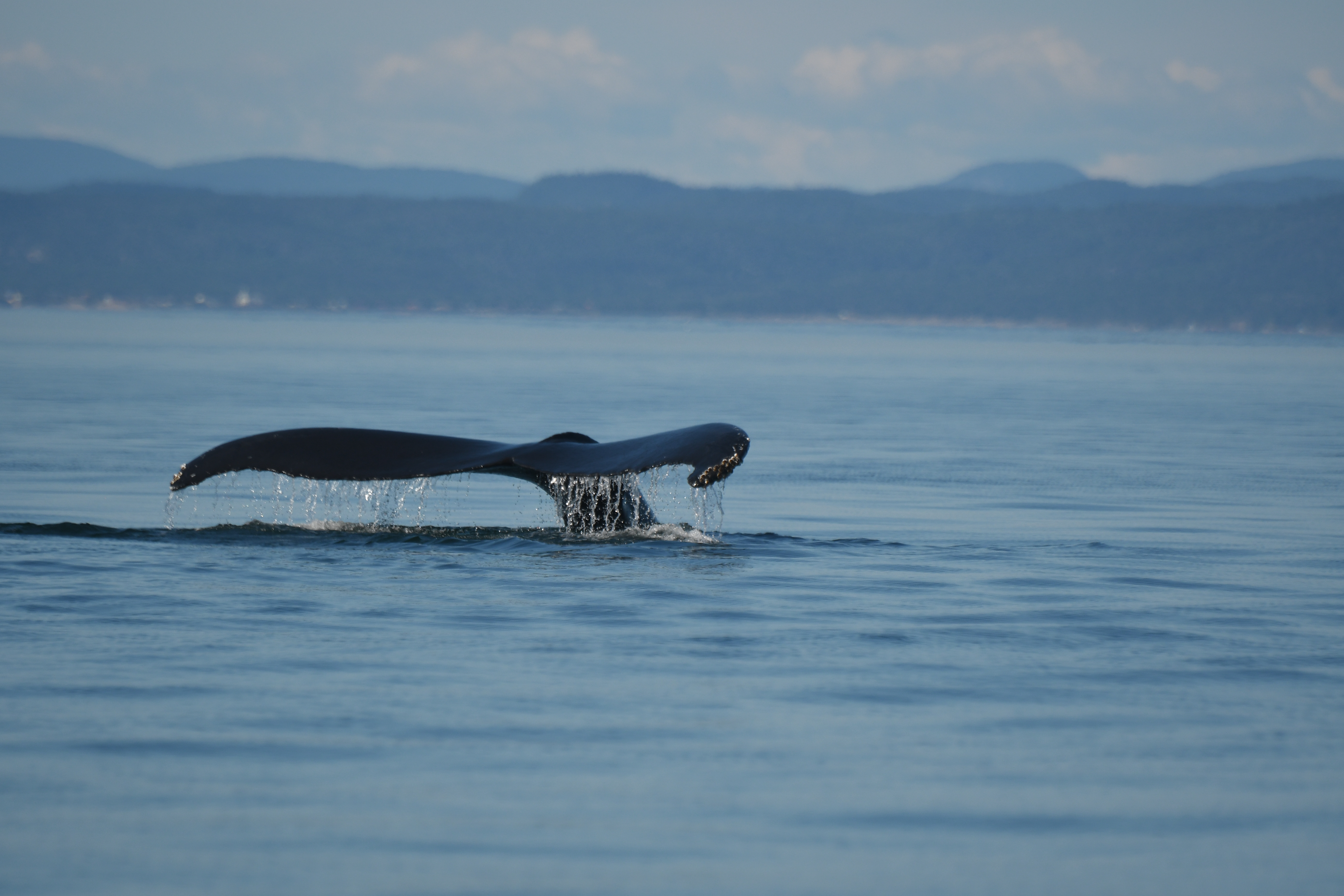Update – September 30, 2015
The final day of the program was September 25. Weather conditions were favourable, which allowed the team to work on the water for several days this fall during the three weeks dedicated to the project and thus easily reach their target of 50 biopsies. In fact, the team managed 58 biopsies. “The objective is relatively ambitious, explains researcher Véronique Lesage, who spearheaded the project, as we expect that half of the biopsies will be taken from males, since they are performed randomly.”
This project is being led by researcher Véronique Lesage (Fisheries and Oceans Canada) in collaboration with the GREMM, Saint Mary’s University in Nova Scotia and Florida Atlantic University’s Harbor Branch Oceanographic Institute. The objective is to determine whether the proportion of female belugas that are pregnant is comparable to the figure which might be expected in a healthy population, i.e. about one third of adult females.
The project was in its third year and ran from approximately September 8 to 25. This period is scheduled quite far from the peak of calving (July) in order to produce a representative picture of pregnancy rates while still hoping for favourable weather conditions for the offshore team combing beluga habitat aboard the Bleuvet. Progesterone is a hormone produced by the ovaries and the level of which varies depending on whether or not the female is pregnant. These variations are detectable in tiny fat samples that can be taken during biopsies.
The collected biopsies could also be used for other analyses, which would pave the way for future projects focusing on beluga nutrition, physiological condition, contamination or genetics.
To be continued…





